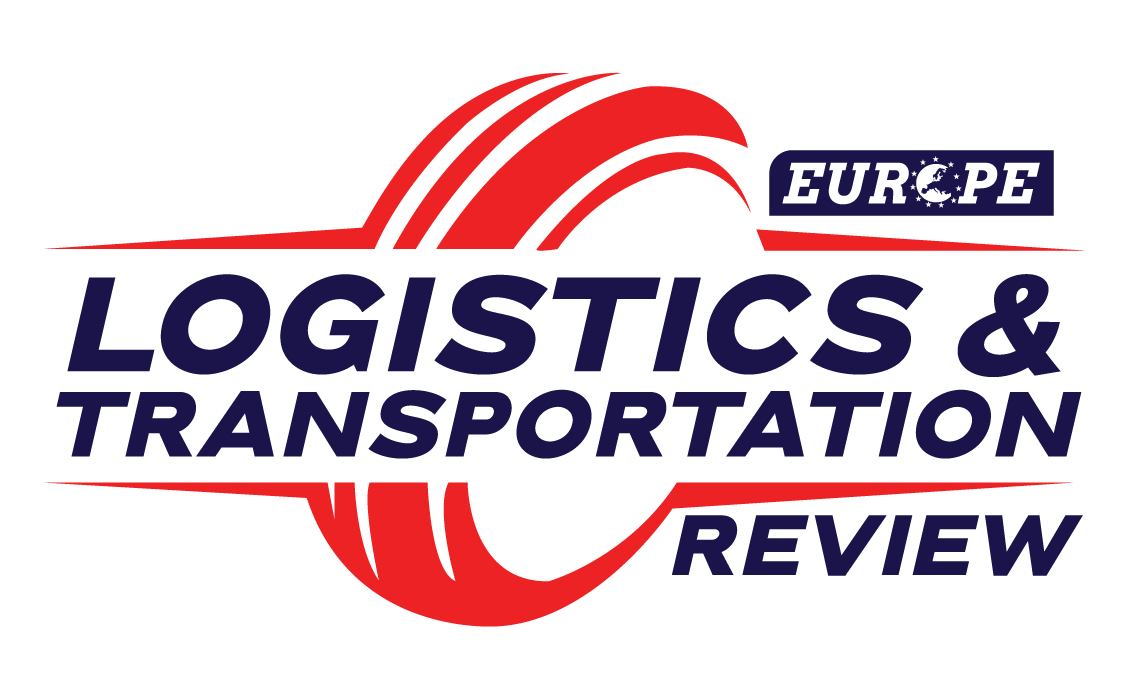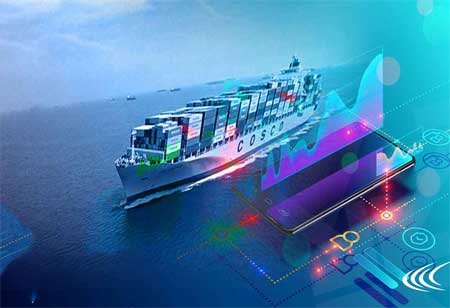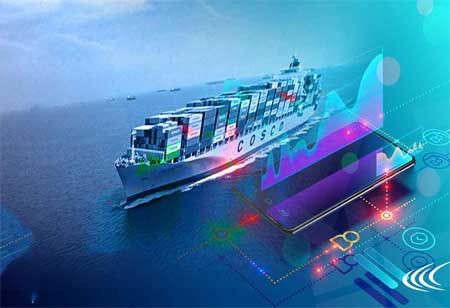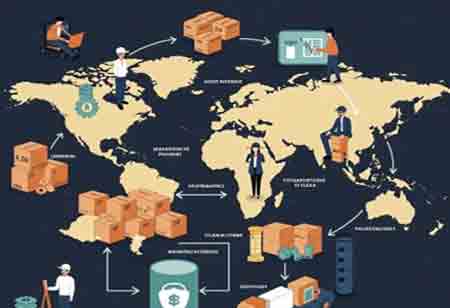THANK YOU FOR SUBSCRIBING
THANK YOU FOR SUBSCRIBING
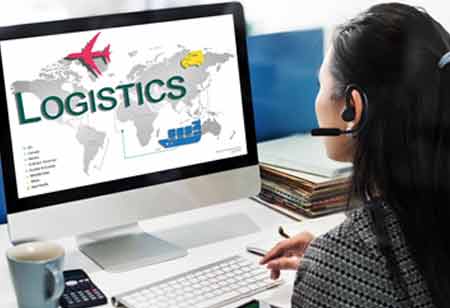
By
Logistics Transportation Review | Friday, September 12, 2025
Stay ahead of the industry with exclusive feature stories on the top companies, expert insights and the latest news delivered straight to your inbox. Subscribe today.
The Canadian logistics sector is witnessing a growing demand for asset-based third-party logistics (3PL) solutions, driven by the complexities of global supply chains and the increasing need for more efficient and reliable services. Given Canada's vast geography, dynamic trade relationships, and robust e-commerce growth, businesses are turning to asset-based 3PL providers who control their fleets, warehouses, and other logistical assets to streamline operations.
These providers offer enhanced visibility, flexibility, and control, making them integral to retail, manufacturing, and healthcare industries, where timely deliveries and precise inventory management are critical. As technological advancements, sustainability goals, and evolving market demands shape the future of logistics, asset-based 3PLs in Canada are crucial in delivering innovative solutions that meet the supply chain's current and future needs.
Current Market Dynamics of Asset-Based Third-Party Logistics
The asset-based 3PL sector in Canada continues to experience growth as demand for integrated logistics solutions increases. One key driver of this growth is the increasing complexity of global supply chains, which require more efficient and scalable solutions. Businesses are increasingly realizing the advantages of partnering with logistics providers who control their assets, as this allows for greater visibility, reliability, and flexibility.
The expansion of Canadian e-commerce has intensified the need for fast, efficient, and reliable transportation and warehousing solutions, particularly for last-mile delivery. The increasing demand for just-in-time inventory and the need for more precise supply chain management have made asset-based 3PLs more attractive for many businesses. These solutions are critical in supporting retail, manufacturing, and healthcare industries, where time-sensitive deliveries and inventory management are paramount.
Challenges and Solutions in Asset-Based 3PL Solutions
One of the primary challenges facing asset-based 3PL providers in Canada is the high capital investment required to own and maintain assets such as trucks and warehouses. The cost of acquiring and managing these assets can be significant, particularly during periods of market volatility when demand for logistics services fluctuates. To address this challenge, logistics providers increasingly use technology to improve asset utilization.
By implementing fleet management systems, warehouse management systems, and real-time tracking technologies, 3PLs can optimize the use of their assets, improving efficiency and reducing costs. Collaborating with clients to better predict demand and streamline operations can lead to more efficient asset management.
One challenge is ensuring consistent service quality across various regions or markets, especially regarding fleet management and warehousing. Service levels can be inconsistent due to differences in regional infrastructure, regulatory environments, and workforce availability.
To overcome this challenge, asset-based 3PL providers focus on standardizing their operations and ensuring that their services adhere to stringent quality control measures. Investing in employee training and certification and partnering with regional providers for last-mile solutions allows providers to maintain high service standards regardless of location.
The increasing demand for sustainability in logistics has also posed challenges for asset-based 3PLs. Reducing carbon footprints and improving energy efficiency while maintaining operational efficiency can be a delicate balance. Many 3PL providers respond to these pressures by adopting greener technologies, such as electric vehicles for transportation or implementing more energy-efficient systems in their warehouses. Providers are investing in sustainable packaging, reducing waste, and exploring carbon offset programs to align with environmental goals while continuing to deliver value to their clients.
Opportunities and Advancements in the Asset-Based 3PL Sector
The asset-based 3PL sector in Canada also has numerous opportunities and advancements that benefit all stakeholders, from logistics providers to end customers. The continued evolution of technology in the supply chain space offers significant potential for improving the efficiency of operations. Innovations like artificial intelligence, machine learning, and the Internet of Things enable logistics providers to enhance decision-making, optimize routes, and offer personalized services. AI-powered predictive analytics, for instance, can help asset-based 3PLs forecast demand more accurately and optimize inventory levels, leading to cost savings and improved service delivery.
Advancements in automation are revolutionizing warehouse operations. Adopting robotic systems for material handling, along with automated sorting and packaging technologies, is streamlining warehouse management and reducing the need for manual labor. This enhances operational efficiency, facilitates faster order fulfillment, and reduces human error. These technological advancements and increased connectivity and real-time data exchange allow asset-based 3PLs to offer their clients more agile and responsive solutions.
The growing emphasis on customer-centric services provides significant opportunities for asset-based 3PLs to differentiate themselves in a competitive market. By focusing on providing tailored solutions that meet the specific needs of their clients, asset-based 3PL providers can enhance customer satisfaction and build long-term relationships.
This is especially true for industries with unique supply chain requirements, such as pharmaceuticals or perishable goods, where temperature-controlled storage and transportation are critical. The ability to offer customized solutions for these specialized needs creates value for clients and positions asset-based 3PLs as key partners in the supply chain.
The increasing demand for omnichannel retailing has led to the need for more integrated and flexible logistics solutions. Asset-based 3PL providers are well-positioned to offer comprehensive end-to-end services that support both traditional retail models and e-commerce platforms. These include managing large-scale inventories, fulfilling online orders, and ensuring timely delivery across multiple channels.
I agree We use cookies on this website to enhance your user experience. By clicking any link on this page you are giving your consent for us to set cookies. More info
